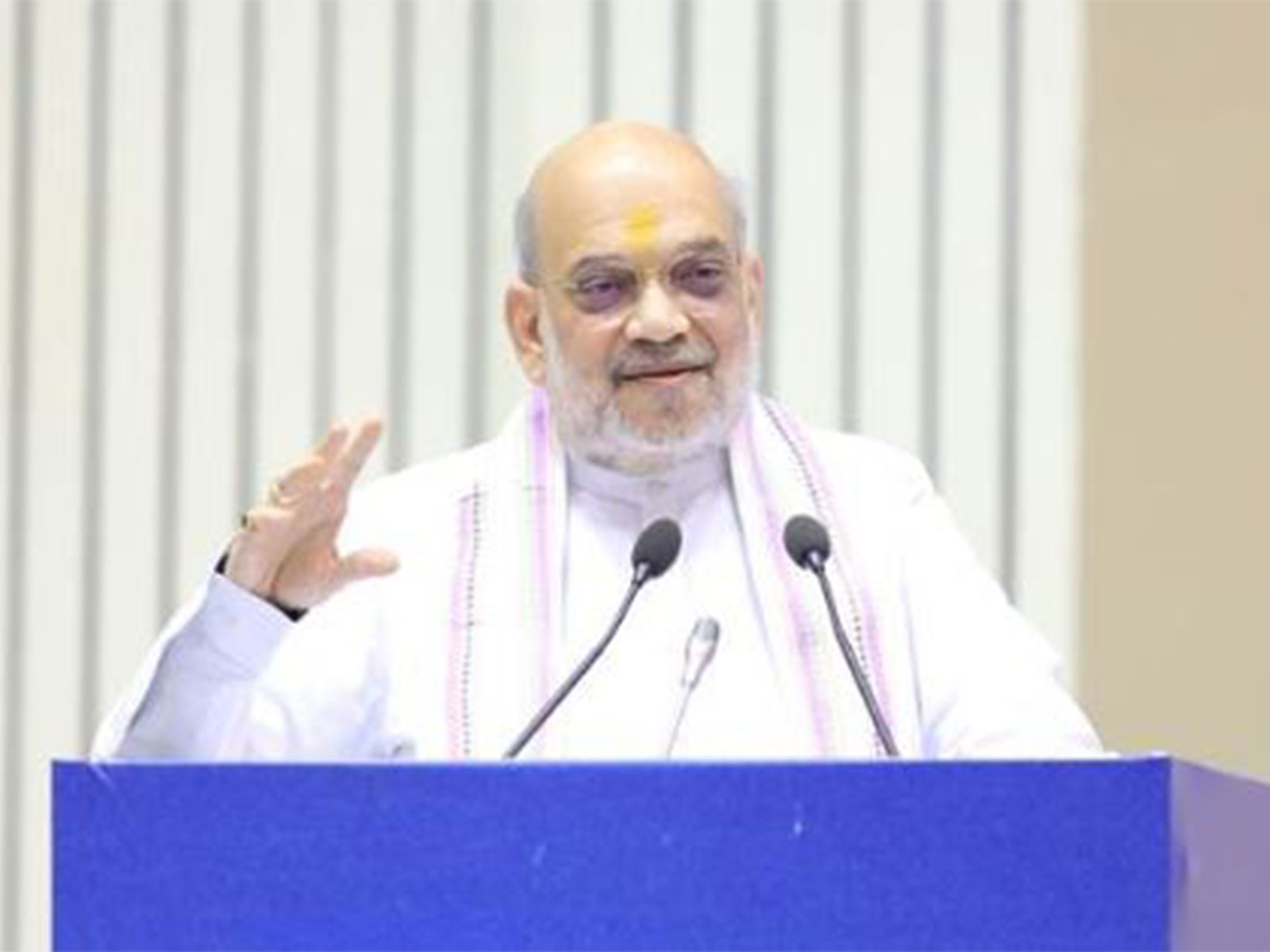New Delhi [India], June 10 (ANI): India’s premium office space inventory expanded by 164.3 million square feet of new buildings from 2021 to first quarter of 2024, according to a report by real estate advisory firm JLL.
The report also highlights that Indian cities have emerged as tech and Global Capability Centers (GCC) hubs, accounting for about 84 per cent of all GCC leasing activity since 2021.
During the year 2021 to Q1 2024, the top seven markets in India- Bengaluru, Chennai, Delhi NCR, Hyderabad, Mumbai, Pune, and Kolkata, saw a cumulative net absorption of approximately 113 million square feet, with a 94.3 million square feet in new-age buildings completed since 2021. Improved asset quality and sustainability ratings have positively impacted space take-up across India’s office markets.
“The great push towards sustainable real estate has been quite evident in the past 3-4 years, driven in large part by the active occupiers in the country. This is visible in the fact that of the 164.3 million sq. ft completed since 2021, 71 per cent was green certified upon project delivery,” said Samantak Das, Chief Economist and Head of Research and REIS, India, JLL.
He added, “Resultantly, India has seen its share of green-certified office stock in overall Grade A stock rise substantially from just 39 per cent in 2021 to 56 per cent in March 2024. What is more interesting is that, of the 94.3 million sq. ft net absorption recorded in buildings completed since 2021, three-fourths were recorded in such green-rated projects.”
In south Indian cities such as Bengaluru, Hyderabad, and Chennai, along with Pune, have emerged as tech and Global Capability Centers (GCC) hubs, accounting for about 84 per cent of all GCC leasing activity since 2021. In these cities, the preference for modern assets is more pronounced, with nearly 4.5 million square feet of space vacated in buildings completed before 2016, deemed old assets.
JLL also highlighted that approximately 70 million square feet of net absorption occurred in projects completed since 2021, indicating a strong preference for modern assets by global occupiers as part of their real estate strategies. These assets provide a mix of amenities and drivers necessary for creating a holistic workplace environment as firms increase office occupancies.
The preference for green-rated buildings extends to those completed between 2017 and 2020, which accounted for 70 per cent of net absorption within this age group.
“Green ratings are not the only factor in occupier decision-making. Building quality and finishes, amenities etc. are equally relevant. Older buildings despite being green-rated have shown occupier exits between 2021-March 2024 signaling that while being a critical factor, green ratings may not be the single determining factor” said Rahul Arora, Head – Office Leasing & Retail Services, India and Senior Managing Director – Karnataka, Kerala, JLL. (ANI)
Disclaimer: This story is auto-generated from a syndicated feed of ANI; only the image & headline may have been reworked by News Services Division of World News Network Inc Ltd and Palghar News and Pune News and World News
HINDI, MARATHI, GUJARATI, TAMIL, TELUGU, BENGALI, KANNADA, ORIYA, PUNJABI, URDU, MALAYALAM
For more details and packages
















